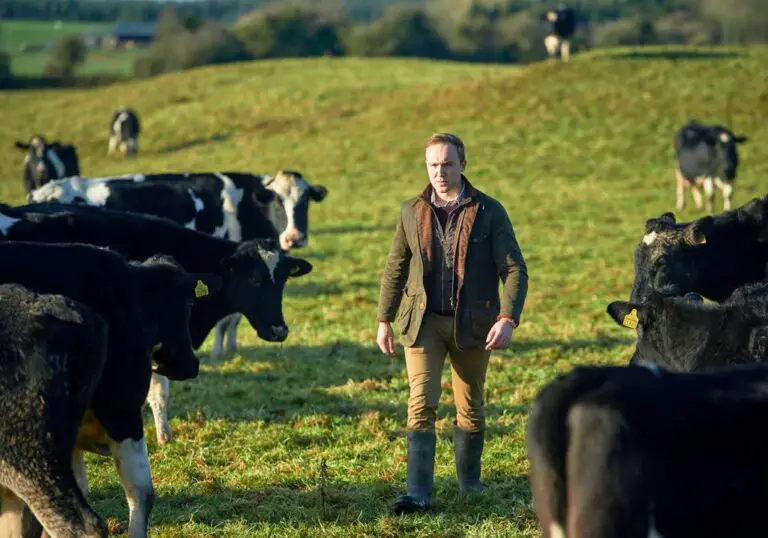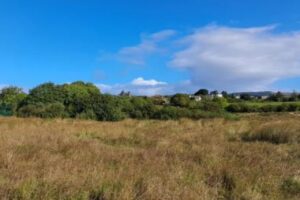It is not unreasonable to describe what we are experiencing at the moment as an indian summer rather than autumn.
The morning fogs and heavy dews are burning off to give way to glorious sunshine and temperatures well into the twenties. It could not come at a better time. Our grazing rotation is now at thirty days to allow us to maximise the growth from this balmy autumnal period. The more grass we have the more grass we will grow, each green blade acting like a verdant natural solar panel.
Cattle are content too, it is as if they realise the hectic schedule of their years duties are behind them with a knowing sense that they must bask in today’s sun because the cold winds of winter are just around the corner.
The past fortnight’s weather has allowed us to tidy up the last of this years silage in the form of bales. We averaged just over five bales to the acre, it was cut, spread out with the tedder and baled a day later. The quality should be excellent as it was a leafy sward that a had no stem as it was mowed before. These bales although not high in quantity will act as a buffer for the end of the year when grass is getting scarce and feed value is dropping due to low dry matter.
These meadows are already greening up nicely again which is a testament to how warm the soil is and hopefully these fields will build enough of a cover as to allow them to be used for grazing by our replacement heifer late into the autumn and early winter. Now that these meadows have been cut, our next job is to get our contractor to cut the hedges. Hedge cutting is a key job and is the only way to keep a farm looking aesthetically pleasing along with maintaining a health hedgerow ecosystem. Hedges and trees add real value to a farm, however in the case of the hedges they require ongoing maintenance and if left undone they grow tall and begin to thin.
Our new flock of young hens are currently on a pre-lay feed which is aimed at giving these birds a calcium rich diet before they begin laying, the aim of this regime is to make sure the young hens develop fully for life as a laying hen. When this piece of the puzzle is done correctly, we should have a strong, robust and healthy hen that can enjoy a long productive life on pasture. Frank and I are really impressed with our new flock of Lohmann Brown hens. This particular breed of hen lays a very high quality egg from the yolk and white to the shell.
Typically the autumn is usually a quiet time on our farm but with the addition of an expanding Melody Farm Eggs this has changed. The fundamentals of managing a flock of hens is no different to managing a herd of cows, the details might differ however, it still necessitates high standards of animal welfare, good grassland management and decent technical proficiency on the farmers side.


















